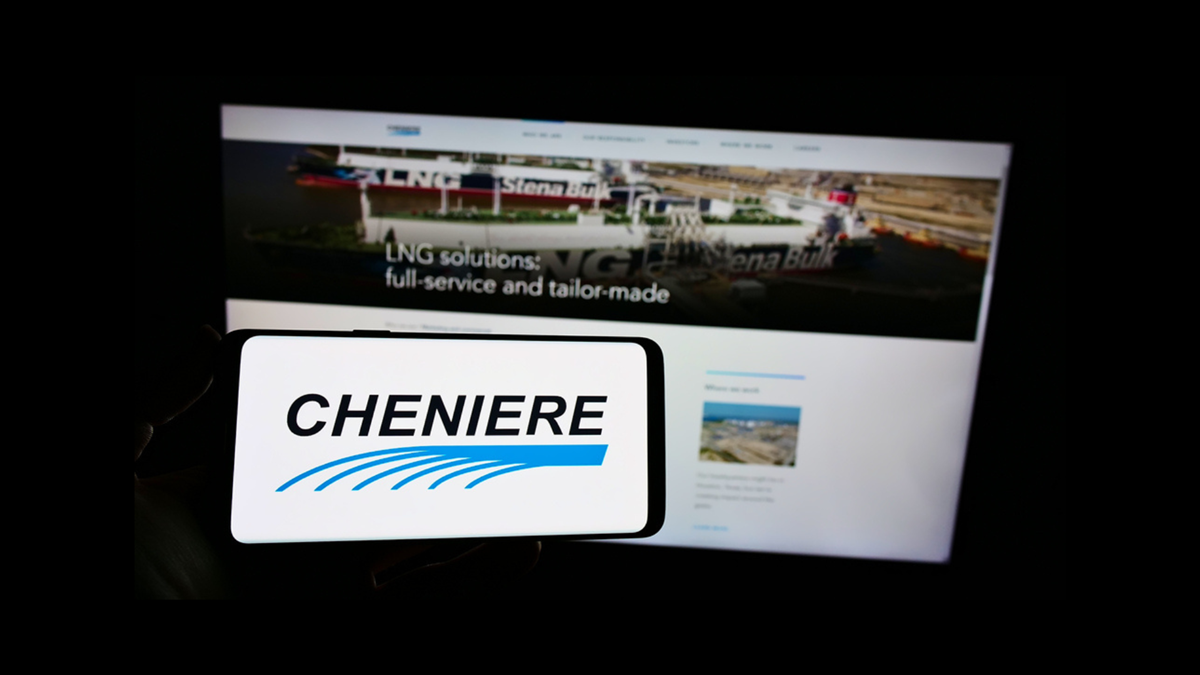
When investors think of the most common ways to profit from investing in stocks, they think of the classic "buy low and sell high" method, which creates a taxable event through capital gains. Some investors with larger amounts to invest would also look for a stock that pays them an income through dividends, which is, unfortunately, another taxable event.
Investors will learn why there are better ways to compound their capital on a stock investment than income from dividends. However, before they jump into the details of tax efficiency, here is another—better—method for them to consider when buying a stock. Stock buybacks are one way management repays its investors and are also one of the most tax-efficient ways.
Companies that buy back much of their stock tend to compound their prices over time and outperform most others. For example, investors can take O'Reilly Automotive Inc. (NASDAQ: ORLY), which has over 1,700% run over the past 24 years. Today, Cheniere Energy Inc. (NYSE: LNG) has announced a buyback program of up to $4 billion in size. Still, investors should focus just as much on the reasoning behind this program when making their own decisions.
How Cheniere Energy's $4 Billion Buyback Signals Confidence in a Commodity Supercycle
Despite weakening economic data in the United States economy, with a 21-month consecutive contraction in the ISM manufacturing PMI index and one of the worst employment situation reports (NFP) in the cycle, one sector is still pushing out expansion readings.
The energy sector is now on a four-month consecutive expansionary path, posing a potential tailwind for oil prices to increase in the new commodity cycle. Those at the Goldman Sachs Group think that oil could reach up to $100 a barrel this year, but they aren't the only ones on Wall Street who see an optimistic future in oil.
Warren Buffett recently went on a nine-day buying spree in shares of Occidental Petroleum Co. (NYSE: OXY), ending up with a 29% ownership of the company. Considering that he also recently cut his Apple Inc. (NASDAQ: AAPL) holdings in half, investors can assume that the new market rotation is starting to accelerate further.
Knowing this, Cheniere management felt comfortable enough to allocate $4 billion to expose more of the company's capital to Wall Street analysts' growing optimism reiterated for Cheniere stock.
Why Wall Street is Bullish on Cheniere Energy: Double-Digit Upside Forecast
With a forecast of up to 22% earnings per share (EPS) growth in the next 12 months, the company is showing investors that the coming commodity cycle will trigger the benefits of exposure to natural gas prices, which tend to follow oil prices very closely.
Leaning on these projections and tailwinds, J.P. Morgan Chase analysts have slapped a price target of up to $214 a share for Cheniere stock, daring it to rally by 21.2% from where it trades today. This price target is also a new all-time high for the company.
As of August 2024, those on Wall Street’s buy-side decided to make their bullish views public on the stock. TD Asset Management agreed to boost its stakes in Cheniere by 16.6% in the past quarter, making its net investment worth as much as $272.9 million today.
More than that, there are signs of bearish capitulation in the stock today. Cheniere stock’s short interest declined by 3.3% over the past month, opening the way for more bullish traders to come in and take their place, which is another reason why markets are comfortable overpaying for Cheniere stock.
Investors can decrypt the market’s gauge toward a stock by following valuation multiples, hoping to find their researched subject to be a positive outlier among the peer group. Regarding Cheniere, a price-to-book (P/B) valuation will prove the company to be this positive outlier.
Trading at 4.7x P/B will command a premium of 130% over the natural gas distribution industry’s average valuation of 2.0x P/B today. But, for those looking for an additional fundamental reason, away from the technicals, Cheniere management has made it abundantly clear in their investor presentation that the best is yet to come.
The third phase of the natural gas demand cycle is about to hit the market, with European demand returning to the table and infrastructure developments hitting some of the biggest economies in the coming years.

